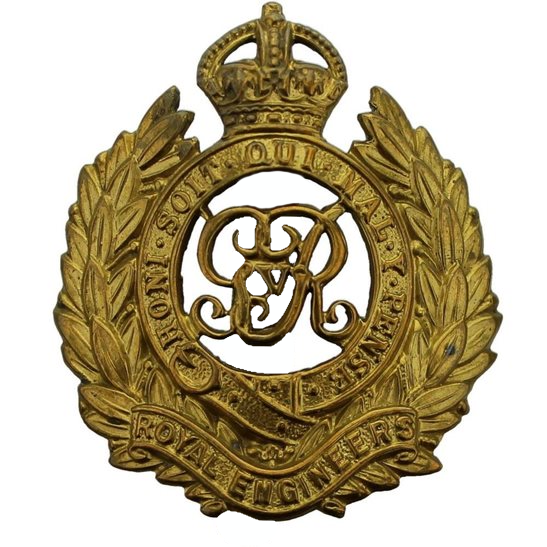Personal Details
Born: 20 August 1885 (this is the date on the civil birth record; the 1939 Register records 2 January 1886) in Berwick upon Tweed, Northumberland and was baptised there on 14 February 1886.
Family: He was the eldest of four children born to William Funnell Pearce, a postmaster, and his wife Isabella Anderson. He married Elizabeth Ann Roberta Scott on 7 August 1915 in South Kensington Presbyterian Church, London and together they had three children – William Robert, Frederick R and George.
Residence: In 1891 he lived with his parents and siblings in Castlegate, Berwick upon Tweed. By 1901 they had moved to 3 Elm Villas, Roydon Road, Diss, Norfolk. In 1911 he boarded with his brother Frederick Pearce at 9 Victoria Road, Oswestry, Shropshire. At this time his parents were living at 25 Alkington Road, Whitchurch and this is the address shown for his wife in his service record. When he enlisted in 1915 he gave an address in Reading, Berkshire. In 1939 he was living at 24 Stratford Grove, Newcastle upon Tyne; this was his address at the time of his death.
Employment: He started working for the post office in 1901 and is recorded as a postal clerk in 1911 and 1939.
Died: 2 December 1962 at Newcastle General Hospital, aged 76.
Military Details
Regiment: Royal Engineers
Rank: Lance Corporal
Service Number: 69253
Date of Enlistment: 27 April 1915
Date of Discharge: 9 March 1919
Reason for Discharge: Demobilisation
Other Information: Brother of Frederick Pearce who also served in WW1.
Robert was awarded the Campaign Medals (British War Medal, and Victory Medal)

The British War Medal (also known as 'Squeak') was a silver or bronze medal awarded to officers and men of the British and Imperial Forces who either entered a theatre of war or entered service overseas between 5th August 1914 and 11th November 1918 inclusive. This was later extended to services in Russia, Siberia and some other areas in 1919 and 1920. Approximately 6.5 million British War Medals were issued. Approximately 6.4 million of these were the silver versions of this medal. Around 110,000 of a bronze version were issued mainly to Chinese, Maltese and Indian Labour Corps. The front (obv or obverse) of the medal depicts the head of George V. The recipient's service number, rank, name and unit was impressed on the rim.
The Allied Victory Medal (also known as 'Wilfred') was issued by each of the allies. It was decided that each of the allies should each issue their own bronze victory medal with a similar design, similar equivalent wording and identical ribbon. The British medal was designed by W. McMillan. The front depicts a winged classical figure representing victory. Approximately 5.7 million victory medals were issued. Interestingly, eligibility for this medal was more restrictive and not everyone who received the British War Medal ('Squeak') also received the Victory Medal ('Wilfred'). However, in general, all recipients of 'Wilfred' also received 'Squeak' and all recipients of The 1914 Star or The 1914/1915 Star (also known as 'Pip') also received both 'Squeak' and 'Wilfred'. The recipient's service number, rank, name and unit was impressed on the rim.

